Einige Leser werden sich vielleicht noch an die Schreckensmeldung erinnern: Schmelzwasser und ins Meer stürzende Eisbrocken lassen die Gletscher Grönlands schrumpfen und zwar schneller als gedacht.
Jetzt stellt sich offenbar heraus, die ganze Aufregung war mal wieder
ein falscher Alarm: One of the most vivid symbols of global warming
used by scientists and campaigners to spur society to curb
climate-warming emissions is photography of gushing rivers of meltwater
plunging from the surface of Greenland?s ice sheet into the depths.
Recent studies have shown these natural drainpipes, called moulins, can
speed up the slow seaward march of the grinding ice by lubricating the
interface with bedrock below. The faster that ice flows, the faster
seas rise. Now, though, a new Dutch study of 17 years of satellite
measurements of ice movement in western Greenland concludes that the
speedup of the ice is a transient summertime phenomenon, with the
overall yearly movement of the grinding glaciers not changing, and
actually dropping slightly in some places, when measured over longer
time spans. The work, the authors and other experts caution, does not
mean that more widespread surface melting could not eventually
destabilize vast areas of the world?s second-largest ice storehouse.
But for the moment, the study, which is being published in Friday?s
edition of the journal Science, throws into question the notion that
abrupt ice losses in Greenland are nigh.
übernommen von Achgut Dr. Benny Peiser CCnet Europe;
Michael Limburg EIKE



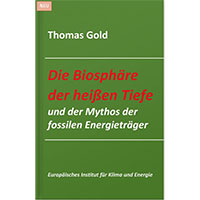


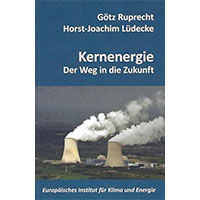
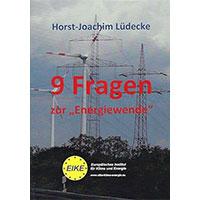

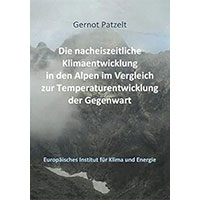
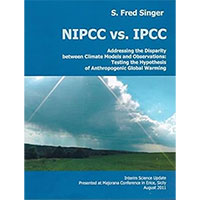




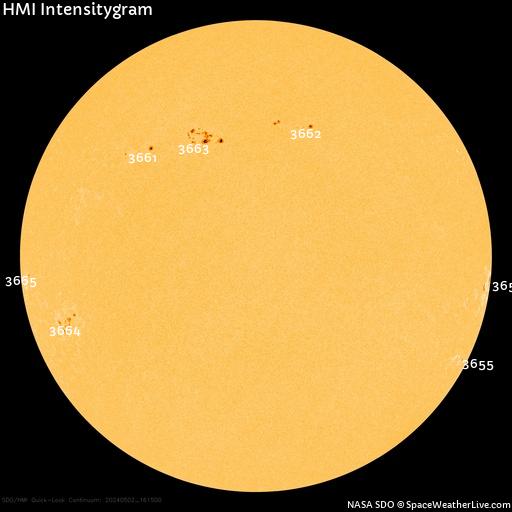
Wir freuen uns über Ihren Kommentar, bitten aber folgende Regeln zu beachten:
- Bitte geben Sie Ihren Namen an (Benutzerprofil) - Kommentare "von anonym" werden gelöscht.
- Vermeiden Sie Allgemeinplätze, Beleidigungen oder Fäkal- Sprache, es sei denn, dass sie in einem notwendigen Zitat enthalten oder für die Anmerkung wichtig sind. Vermeiden Sie Schmähreden, andauernde Wiederholungen und jede Form von Mißachtung von Gegnern. Auch lange Präsentationen von Amateur-Theorien bitten wir zu vermeiden.
- Bleiben Sie beim Thema des zu kommentierenden Beitrags. Gehen Sie in Diskussionen mit Bloggern anderer Meinung auf deren Argumente ein und weichen Sie nicht durch Eröffnen laufend neuer Themen aus. Beschränken Sie sich auf eine zumutbare Anzahl von Kommentaren pro Zeit. Versuchte Majorisierung unseres Kommentarblogs, wie z.B. durch extrem häufiges Posten, permanente Wiederholungen etc. (Forentrolle) wird von uns mit Sperren beantwortet.
- Sie können anderer Meinung sein, aber vermeiden Sie persönliche Angriffe.
- Drohungen werden ernst genommen und ggf. an die Strafverfolgungsbehörden weitergegeben.
- Spam und Werbung sind im Kommentarbereich nicht erlaubt.
Diese Richtlinien sind sehr allgemein und können nicht jede mögliche Situation abdecken. Nehmen Sie deshalb bitte nicht an, dass das EIKE Management mit Ihnen übereinstimmt oder sonst Ihre Anmerkungen gutheißt. Wir behalten uns jederzeit das Recht vor, Anmerkungen zu filtern oder zu löschen oder zu bestreiten und dies ganz allein nach unserem Gutdünken. Wenn Sie finden, dass Ihre Anmerkung unpassend gefiltert wurde, schicken Sie uns bitte eine Mail über "Über Uns->Kontakt"